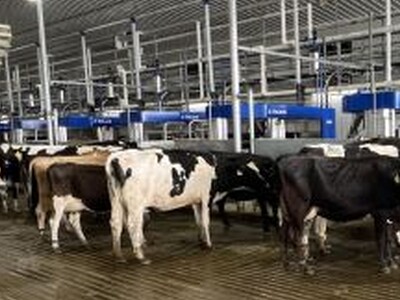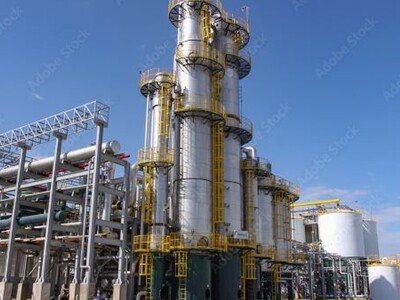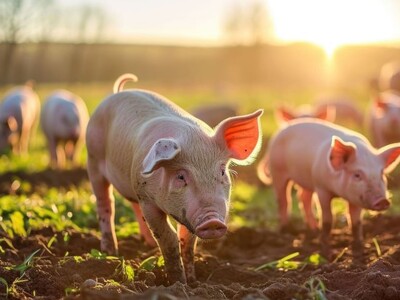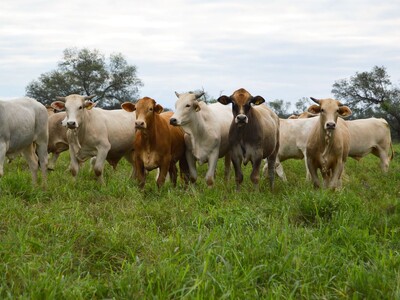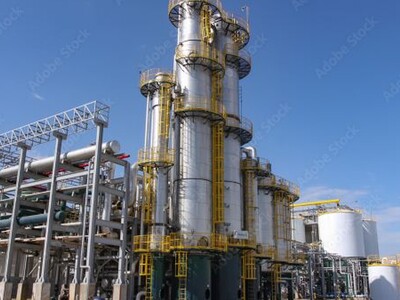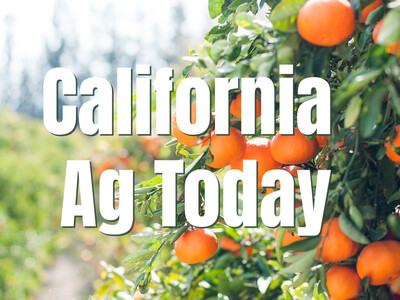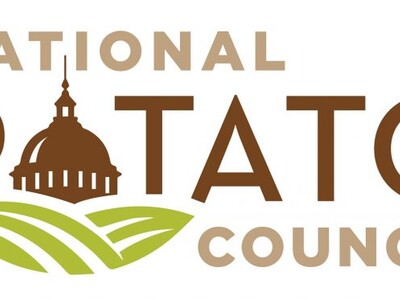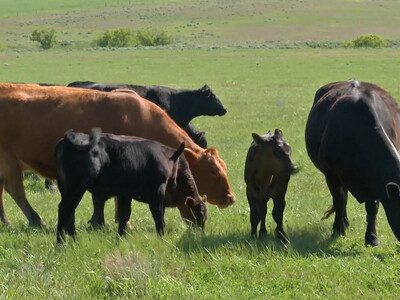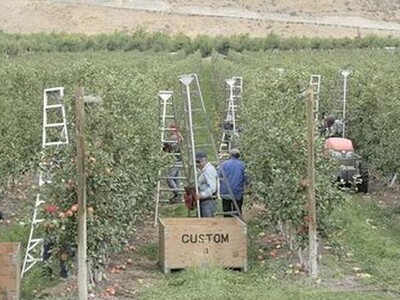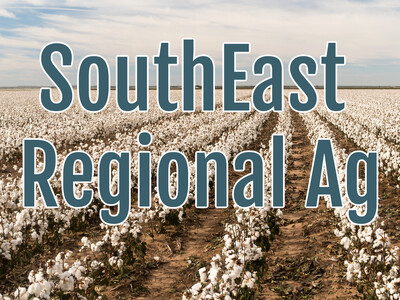PED Prevention
Last year as Jack Frost nipped across the United States, the swine industry saw an immense spike in Porcine Epidemic Diarrhea virus (PEDv) cases. With the absence of summer heat and dry conditions to keep the virus at bay, the disease spread through barns across 31 states. Now with a renewed focus on biosecurity measures and nutritional management, the industry hopes to reverse this costly trend and avoid another surge in PEDv infections. Russell Gilliam, U.S. swine business manager for Alltech, told me that winter does bring some additional challenges that producers need to be aware of in order to protect their pigs. He added that there are many facets of pig production that need to be set up and continually monitored to properly shield pigs from exposure to viruses and diseases. Gilliam recommends swine producers concentrate on biosecurity.Gilliam recommends swine producers concentrate on these five production areas:
1. Herd flow – With potential risks for re-infection or spreading of the virus, it is essential to make sure there are proper check points for identifying infected animals and separating them from the rest of the herd. For example, conduct proper observance of the quarantine of replacement breeding stock with test and release procedures.
2. Cleanliness – Severe cold temperatures make it extremely difficult to wash, clean and disinfect. Ensure all areas are completely clean and dry before exposing them to new pigs.
3. Transportation – Animals coming in and going out are at risk for exposure by the transportation vehicles the operation is using. Guarantee their rides are completely clean and are from trusted sources that understand your biosecurity protocols.
4. Employees – Examine foot traffic and implement proper bioesecurity measures for employees to reduce risk as employees can often work in different barns and, in some cases, for different producers. Reduce/restrict points of entry to breeding facilities.
5. Nutrition – Animal performance is often dependent on feed quality and the performance of the feed itself. Include technologies in the feed that reduce the risk of pathogens and build immunity.




